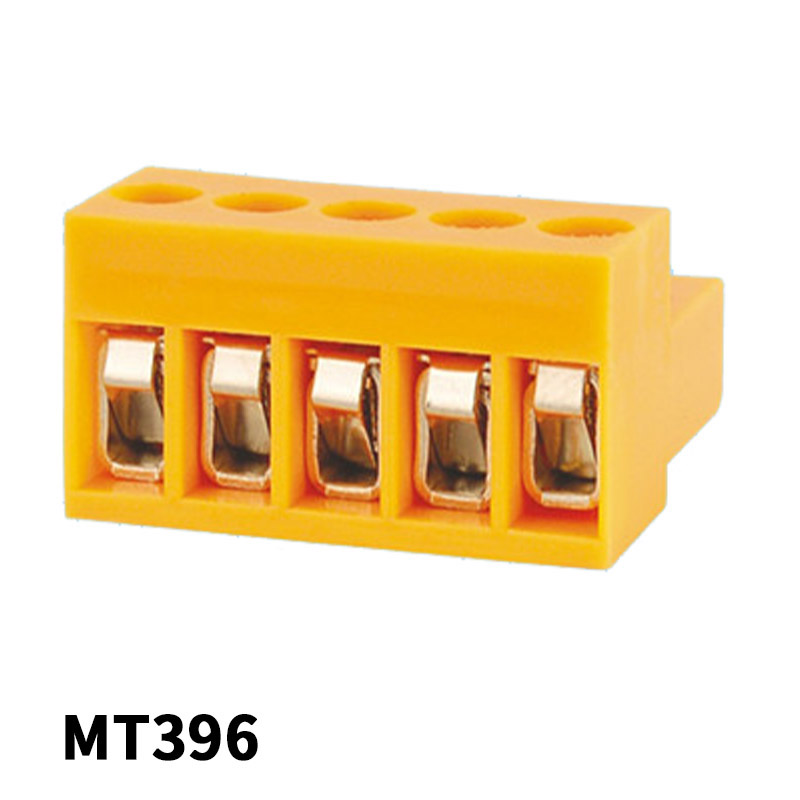The connector terminal is an accessory product used to realize electrical connection, which is classified as a connector in the industry. With the increasing degree of industrial automation and stricter and more precise industrial control requirements, the demand for connector terminals has gradually increased. Poor fixation will directly affect the contact reliability, easily cause instantaneous power failure, and severely cause the product structure to disintegrate. Therefore, we need to fix the bad inspection to ensure the safety of the connector. Generally speaking, the inspection of poor fixation includes: interchangeability inspection, torque endurance inspection, and crimping wire pass test.
1) Interchangeability check
The interchangeability check is a dynamic check. It requires that the matching plugs and sockets of the same series can be mated and connected to each other. It can be found whether there are reasons such as out-of-dimension of insulators, contacts and other parts, lack of parts or improper assembly. Locking, even disintegration and other problems caused by rotating force. Another function of the interchangeability check is to detect in time whether there is any metal excess that affects the insulation performance through the thread, bayonet and other plug-in connections. Therefore, 100% of the wiring terminals for some important purposes should be checked for this item to avoid such major fatal failure accidents.

2) Torque check
Torque endurance inspection is to assess the maximum safe torque of the connecting mechanism. After this torque test, the connecting mechanism should not be loose, and it can meet the requirements of meshing force and separation force at the same time.
3) General test of crimped wire
During electrical installation, it is often found that a single-core crimped wire cannot be sent in place, or cannot be locked after being sent in place, and the contact is poor. The reason is often that there are burrs or dirt stuck on the threads of a single mounting hole. Especially when using the last few mounting holes that have been installed in a plug holder by the factory, after discovering the problem, you have to unload the wires from the other holes that have been installed and replace the plug holder again. In addition, because the wire diameter and the crimping aperture are not properly selected, or because of the incorrect operation of the crimping process, the crimping end will be weak. For this reason, the manufacturer must conduct a thorough test on all the mounting holes of the delivered plug (seat) sample before the finished product leaves the factory to check whether it can be locked. And check the pull-off force of the crimped wires one by one.